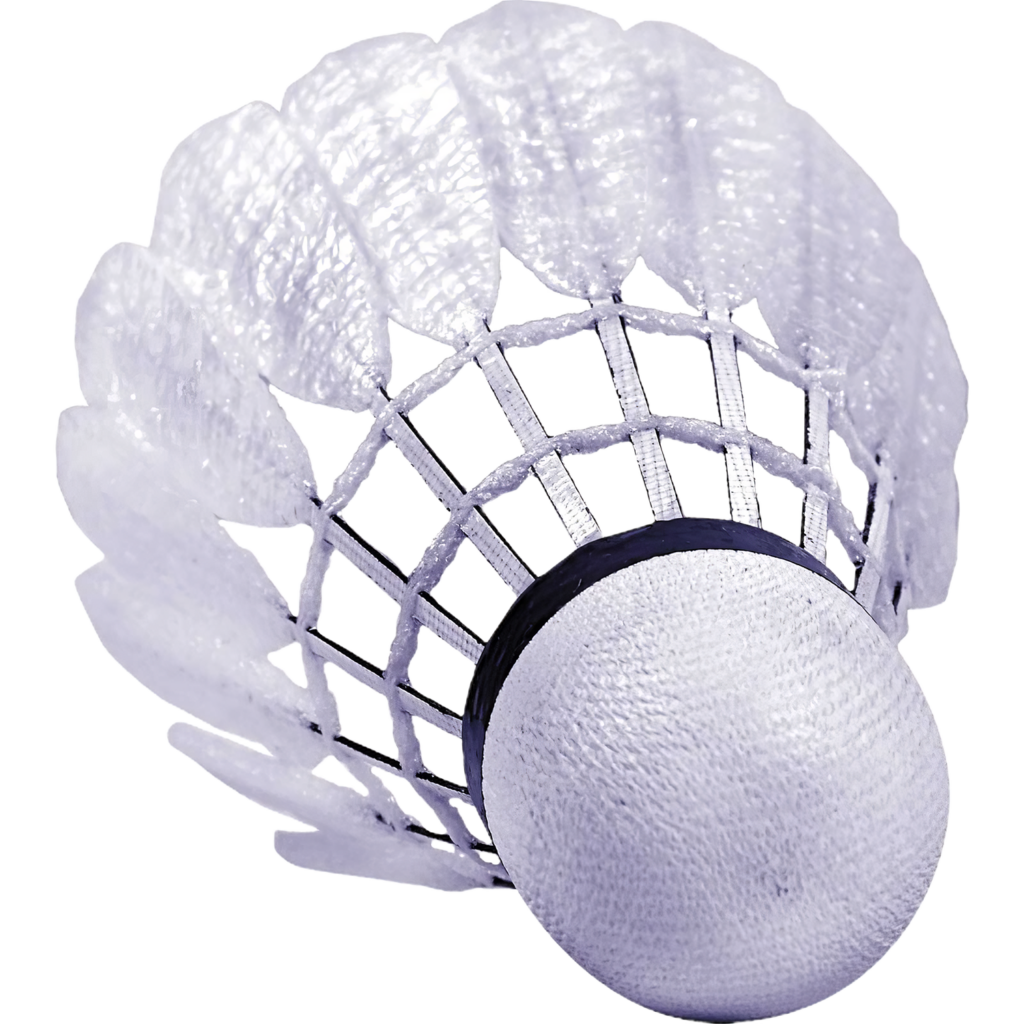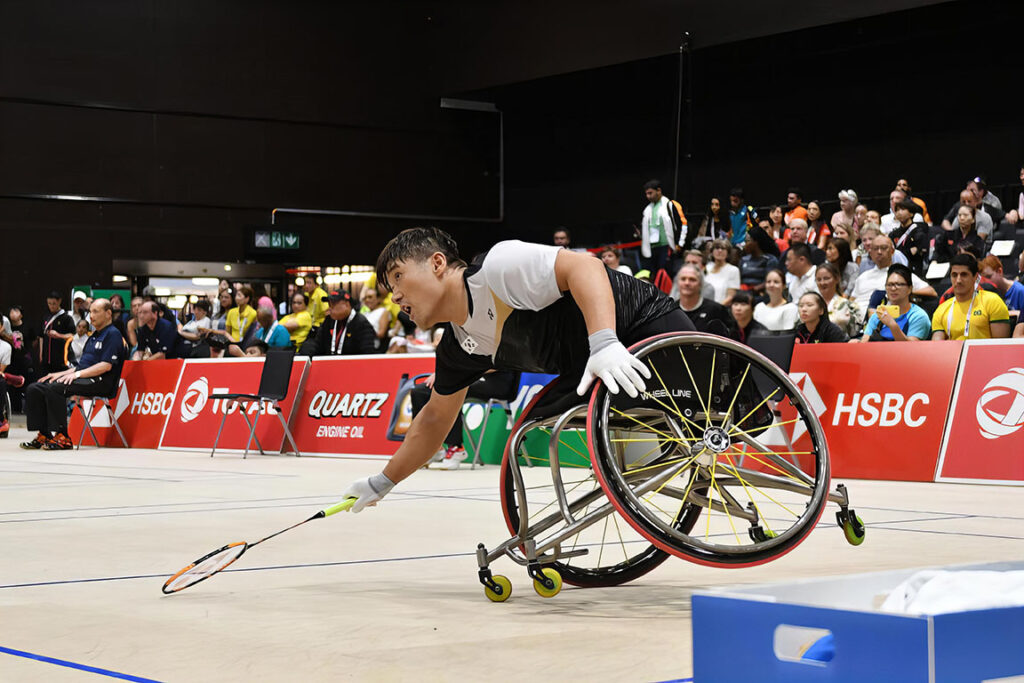Badminton
Originally, badminton made its debut at the Olympic Games as a demonstration sport at the 1972 Munich Olympics. In 1988, it reappeared as a demonstration sport in Seoul, and finally entered the official Olympic program in 1992 at the Barcelona Games. Para-badminton is present since the Paralympic games in Tokyo 2021.
Early History of Composites
Early History of Composites
- Initially made from solid wood, then also laminated wood
- From 1960’s: aluminium or steel , Yonex introducing T-joint concept in 1968
- 1966: Carlton 3.9 in titanium, only 39 grams!
- 1978: first “carbon composite rackets” by Yonex: Carbonex 8 B-8500B, < 100grams (fig.1)
Production different from tennis rackets:- Head is not hollow, but solid (folded and compressed CF prepreg)
- With CFRP T-joint to hollow shaft
Recent Development
Recent Developments
- Carbon fibre composites allow for different “optimum” rackets, aiming at “head light” or “head heavy” balance point, minimum weight, stiffness, by many producers like Yonex, Victor, Carlton, FZ Forza, Dunlop, Li Ning, …
- Performance optimization by many types of hybridization (fig.2):
- Yonex “Nanoflare 800 Pro” contains high stiffness Toray M40X carbon fibres and Ultra PE fibres for shock absorbance
- Yonex Carbonex 8000 head hybridized with titanium mesh (for “more stable shot”) or carbon nanotubes
- Also the shuttle cocks nowadays use composites:
Victor’s “CarbonSonic” has CFRP-rod reinforced feathers (fig.3)
PARA-BADMINTON
- Both wheelchair and standing athletes are competing, using mostly CFRP rackets
- Due to its complexity, welded aluminium or magnesium tubes are used for the basic structure (Fig 4)
- Wheels and seats are sometimes using carbon fibre composites to reduce weight and increase maneuverability
Gallery
Gallery




